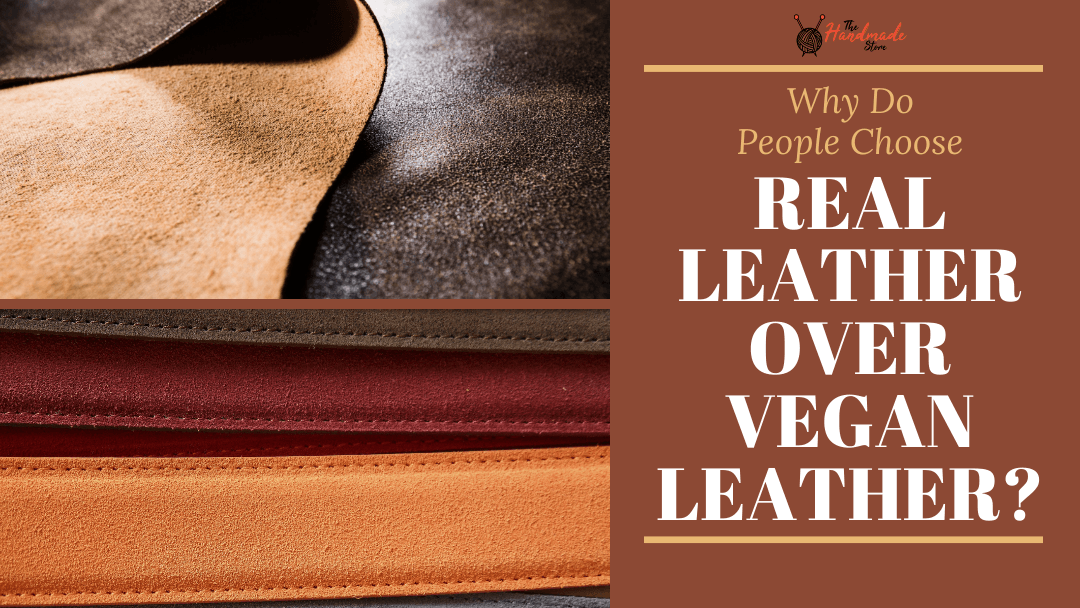
Why Do People Choose Real Leather Over Vegan Leather?
Genuine leather is considered one of the most desirable and aesthetically pleasing materials available in the global market today. However, with its ability to outlook the test of time, it is undoubtedly a luxury material meaning it typically comes with a high price tag and is sourced from-animal skin.
On the other hand, faux leather (or leatherette or vegan leather) is yet another alternative for bags, clothes and accessories used by fashion brands as a cheaper and more affordable alternative for their customer. The resources utilized to make faux leather are non-renewable, and their methods are not environmentally friendly. It is one of the root causes of why this alternative to leather gets a lot of criticism.
Real leather is in high demand for all good reasons. Genuine leather has an inviting feel, delivers exceptional durability, and eminence leather improves with age.
The debate between faux leather and genuine leather is a controversial and hot topic, with notable brands switching to sustainable and environmentally friendly processes. However, both sides are equally passionate about the benefits that each brings to anyone trying to live a sustainable lifestyle and help make responsible choices. So, it can be a tough job to know who’s “right”.
This article will specifically highlight the points where real leather beats vegan leather. Hence, it is still preferred by most people globally.
How can you Distinguish Real Leather from Artificial Leather?

Many people experience mixed feelings when they have to choose between real leather and its many imitations. In actuality, it simply comes down to a contest amongst their individual properties. To assit you better to decide which is better for you, we will compare both for you by looking at cost, comfort, visual appeal, texture, and practicality.
There are many terms for faux leather. Some of the popular ones are:
- Imitation leather
- PU (Polyurethane)
- Leatherette
- Pleather
- Faux-leather
- Synthetic leather
- Fake leather
- Vegan Leather
All of these terms will be used interchangeably throughout this article.
Comfort
Real Leather: Although treated, genuine leather is made from a natural material, and it generally behaves like one. Real leather is breathable, flexible and quite malleable. In addition, real leather will soften over time.
Faux-leather: It has the tendency to be quite rigid, and since it is a synthetic material, it does not have the same natural look or give that real leather can offer. Plastic-based artificial leather will not soften over time.
Visual Appeal

Synthetic leather: Since it is artificial, synthetic leather is more versatile than real leather. It can be found in a far wider range of finishes, colours, and patterns than its natural counterpart. In addition, synthetic leather generally requires far less upkeep than real leather and will retain its original visual appeal long into the future.
Real leather: Real leather ages over time, and its distinctive odour complements its overall visual effect. Further, the full-grain leather benefits from its unique, natural patterns. Natural leather that is properly maintained and lovingly cared for too can last for a very long time.
Cost
Real Leather: It’s a given, real leather items will always be more expensive than artificial leather because natural leather fashion accessories require greater skill and specialized techniques.
Vegan Leather: Synthetic leather is less expensive, but this only serves to make leather bags, coats, shoes, and other fashionable apparel more exclusive.
Texture
Synthetic Leather: Simply put, there is no way to get pleather, leatherette, or any other synthetic leather alternative to feel like natural leather. Indeed, this is a real shame because the soft and supple way genuine leather feels is something people love about it.
Real Leather: Genuine leather is occasionally treated with a protective pigment which gives it a smooth, plastic-like feel.
Practicality
Real Leather: A leather bag can look, feel and smell as good as it wants, and it is strong, durable, and if properly looked after, it can easily outlast its original owner (really!).
Vegan Leather: Man-made leather, on the other hand, has its sturdy presence but, in reality, it is not as durable as real leather.
Now, let’s understand the terminologies
What’s faux leather?
Vegan leather, faux leather, or synthetic leather is an imitation product. It carries the look and feel of the actual leather. It is created as a leather alternative is typically producing leather-based products, such as handbags, jackets, purses, shoes, watches, shoes and upholstery. It is most commonly made of fabric coated with a plastic polymer (polyurethane (PU) or polyvinylchloride (PVC)).
What is real leather?
Real leather means ‘leather’ leather. It is the genuine article in which raw material is made from the hides of animals for the production of commercial goods such as:
- clothing (leather shoes and jackets),
- accessories (leather bags, watches, wallets) and
- home goods (leather chairs and sofas, and car interiors).
Typically people think of leather as cowhide, but leather products can be made from various farm animals or exotic animals, such as goats, sheep, deer, seals, moose, snakes, crocodiles and more.
Read More: Which leather is best for leather bags?




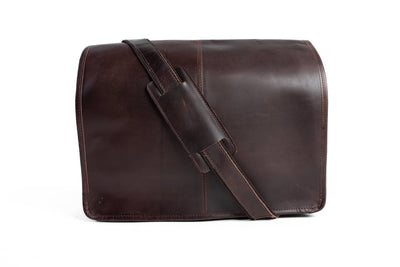
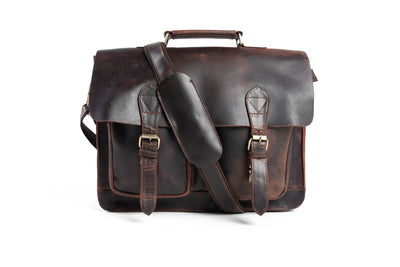

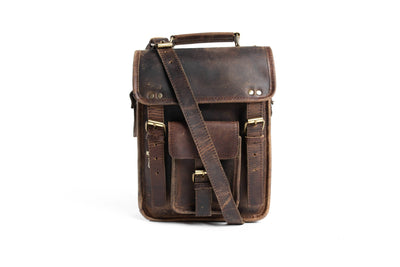
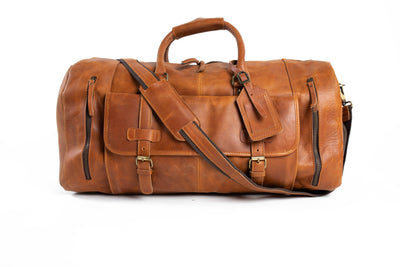
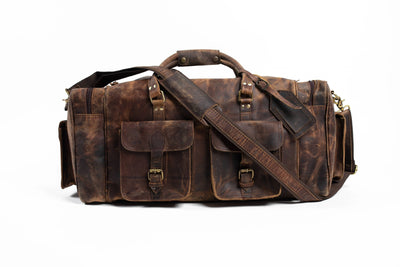
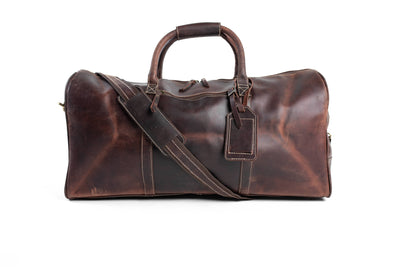
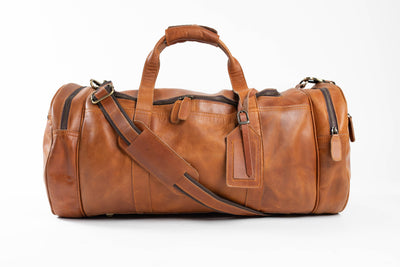
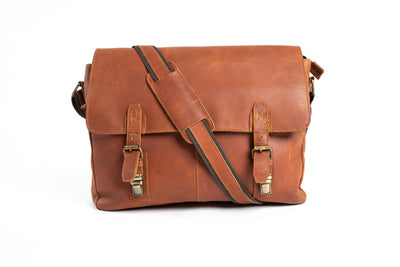
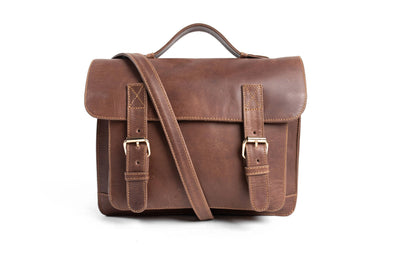

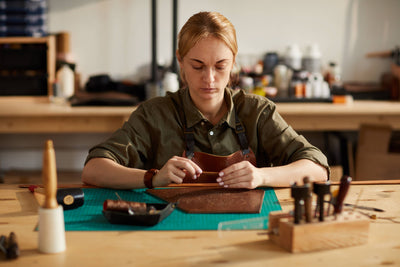
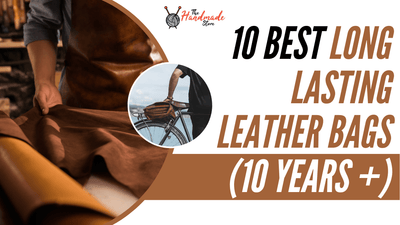

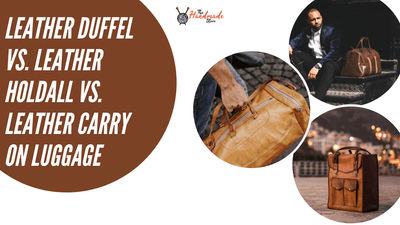



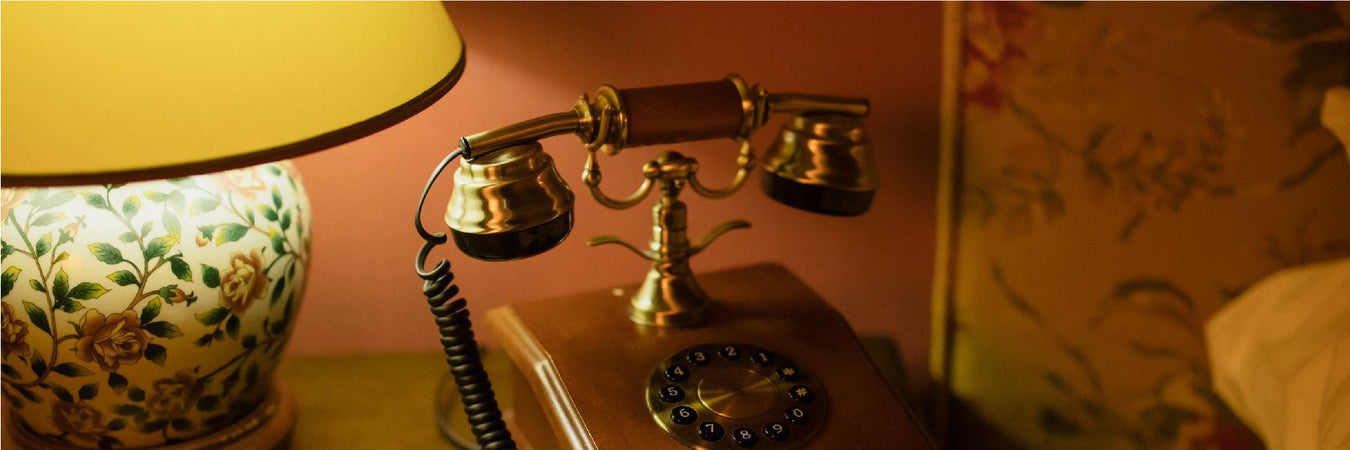


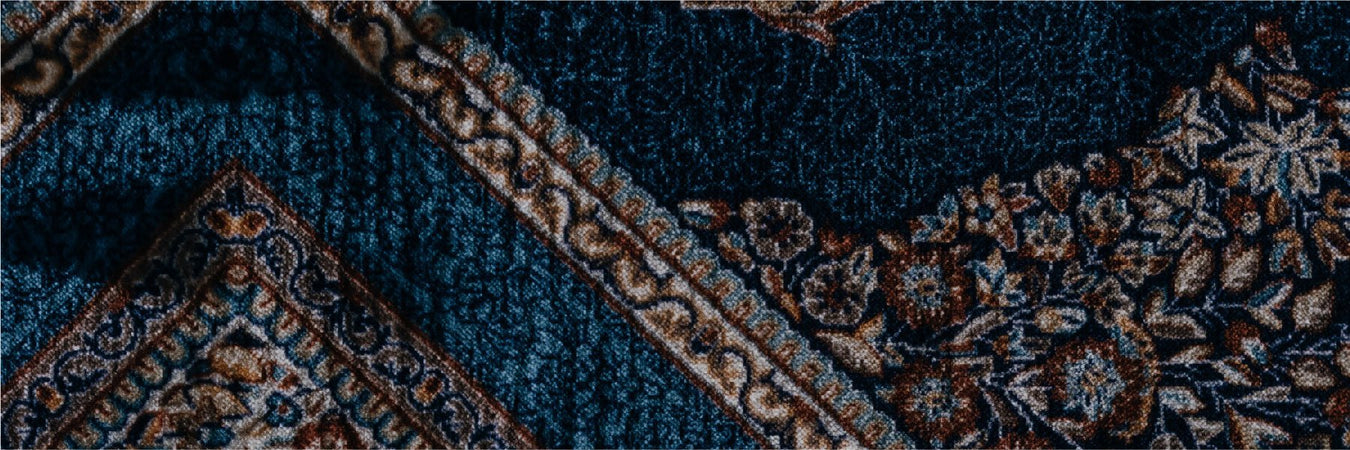

Leave a comment